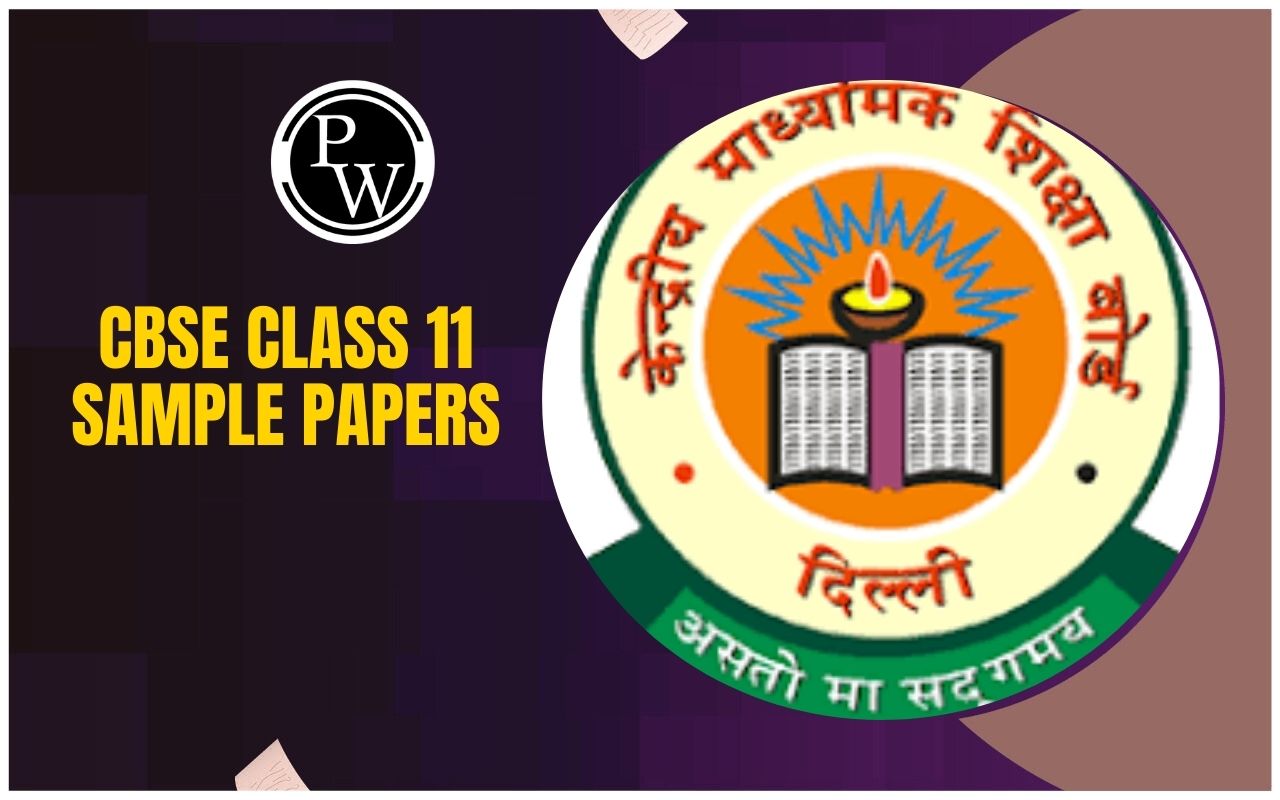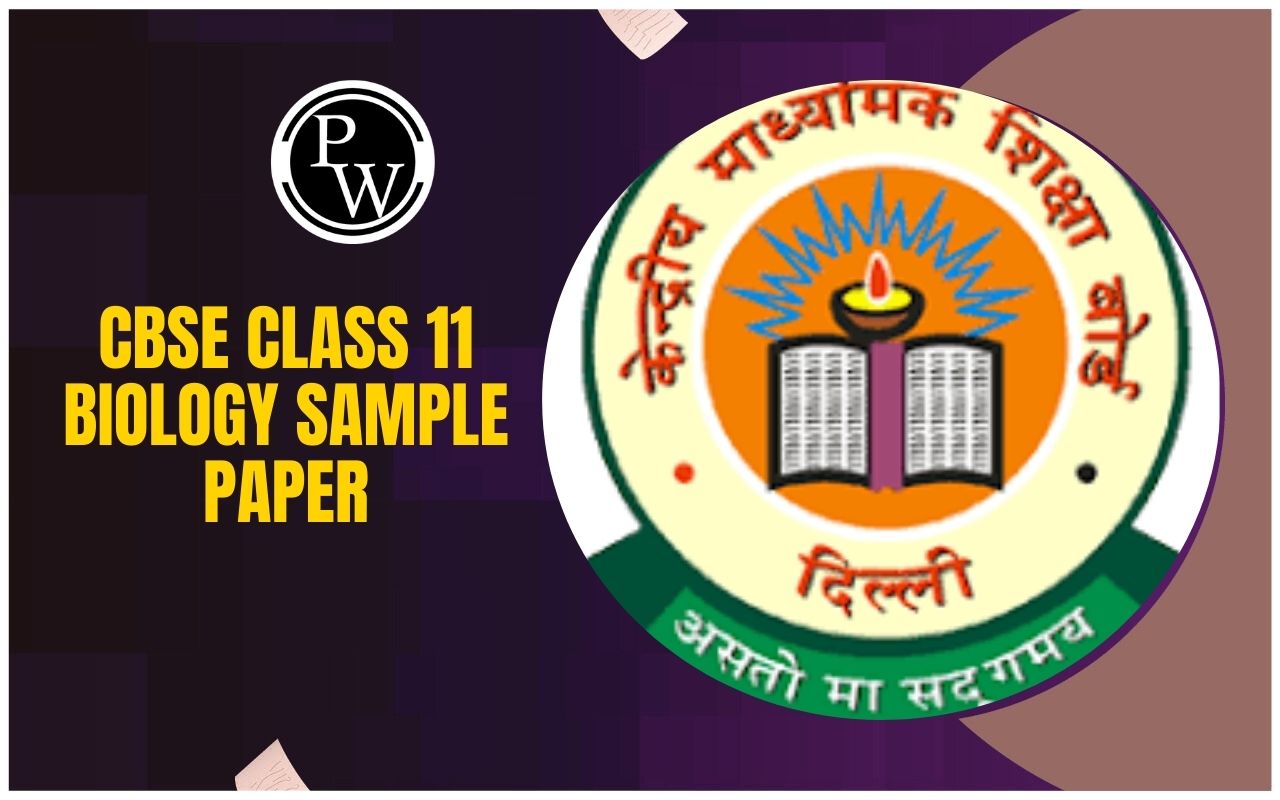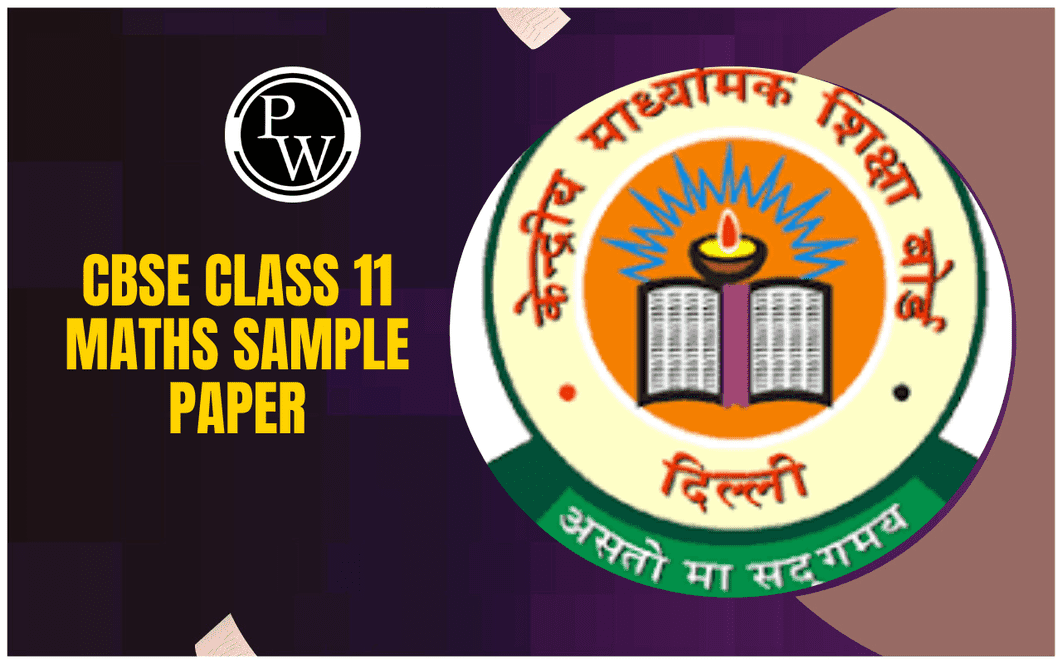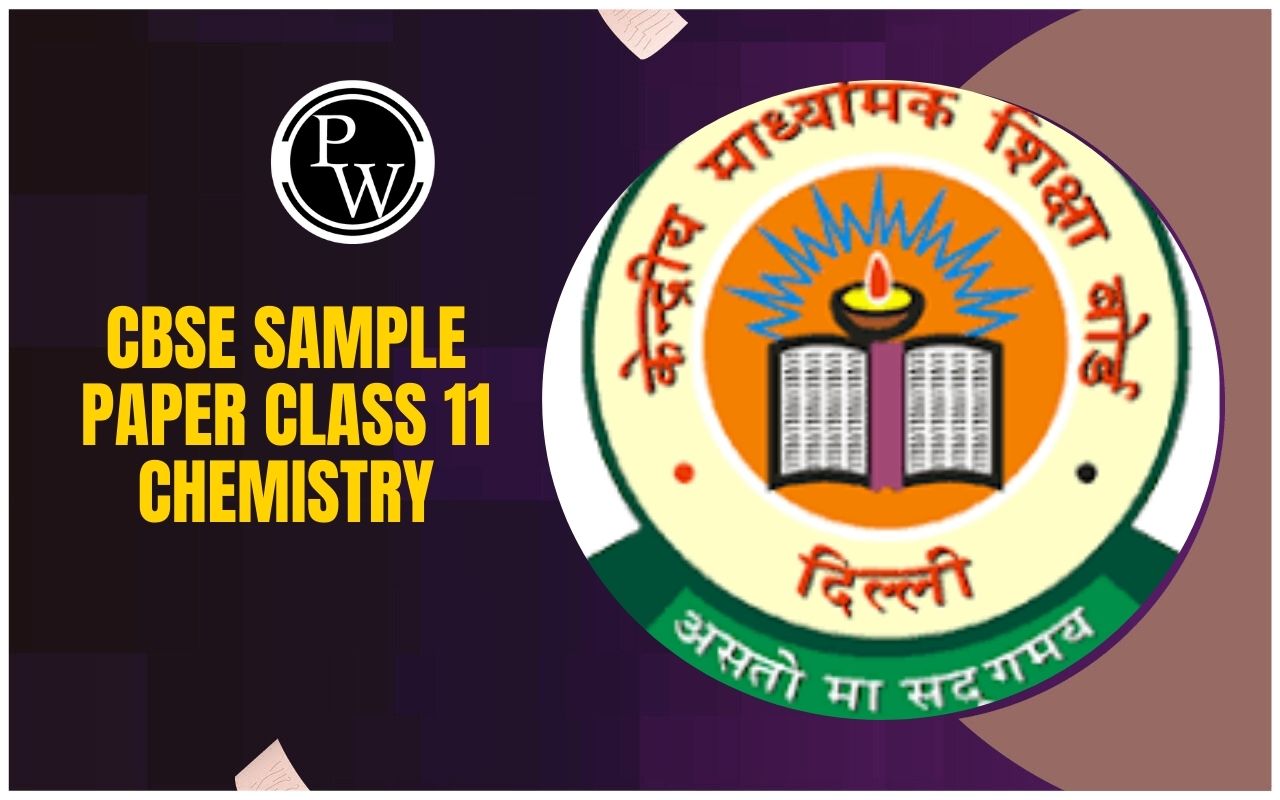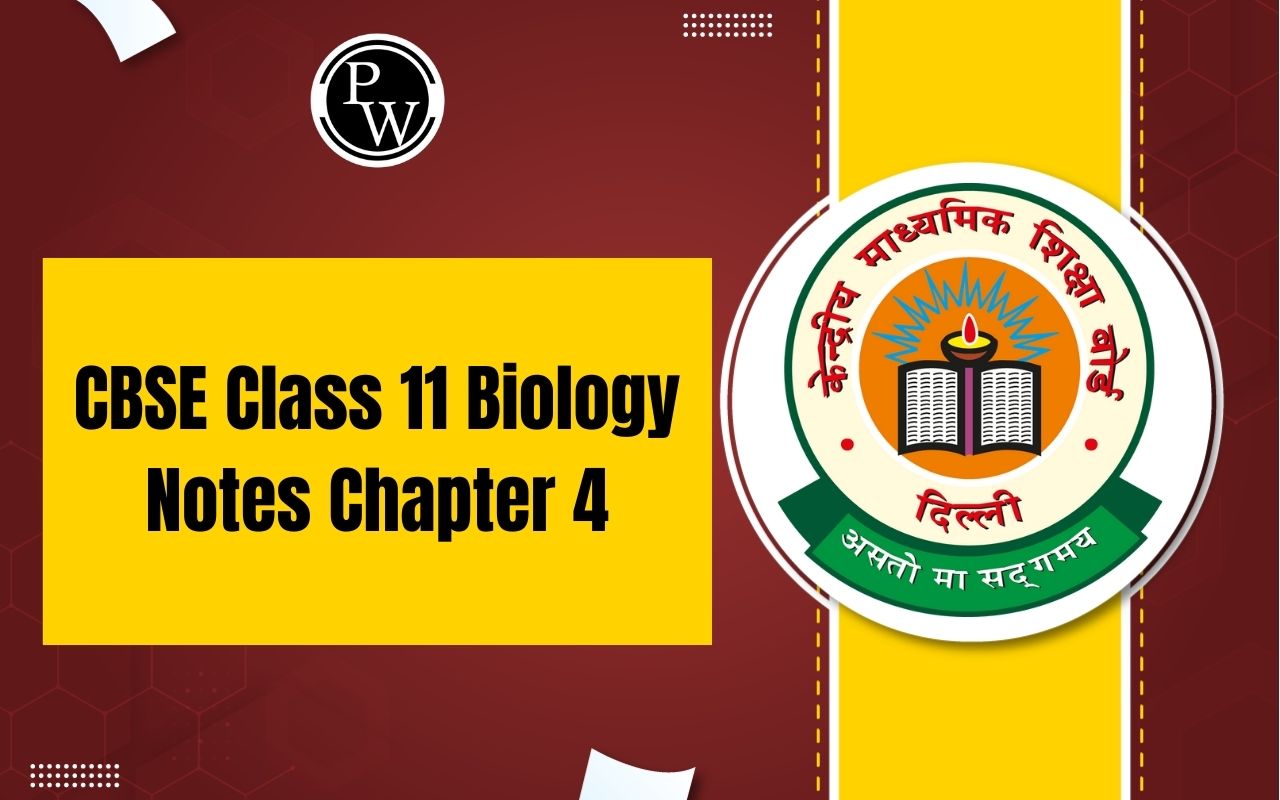
CBSE Class 11 Maths Notes Chapter 1: The core curriculum for maths in class eleven covers the more complex ideas found in various chapters, which candidates must read and comprehend. This curriculum will assist in creating a solid foundation of information that will be needed to identify your passion and select a professional career following the board exams.
CBSE Class 11 Maths Notes Chapter 1 is one of the most significant chapters in this course. The pupils are extremely familiar with this chapter because they have studied it in earlier lessons.CBSE Class 11 Maths Notes Chapter 1 Overview
A clearly defined collection of objects is called a sets. An empty set is a set that has no elements. An infinite set is one consists of definite items. If there are precisely the same number of elements in both sets, P and Q, then they are equal. If every element in set P is also an element in set Q, then set P is a subset of set Q. A set P's power set [A(P)] made up of all of P's subsets. Any set that consists of all elements that are either in sets P or Q is called the union of sets P and Q. Any set that contains every common element between sets P and Q is said to be the intersection of those sets. Comparably, a set consisting of elements from P but not from Q is the difference between sets P and Q in the same order. The Introduction and Sets and their Representations are the subjects addressed in each chapter. The subsequent subtopics will be discussed:- Empty Set
- Infinite and Finite Sets
- Equal Sets
- Subsets
- Power Sets
- Universal Set
- Venn Diagrams
- Union of Sets
- Operation on Sets
- Intersection of Sets
- Complement a Set, and
- Real-world problems
CBSE Class 11 Maths Notes Chapter 1 PDF Download
You will get at this point in CBSE Class 11 Maths Notes Chapter 1 PDF through the steady progression of the ideas in this area. Set ideas are covered at a far greater level in this class than in the previous ones. You can refer to the CBSE Class 11 Maths Notes Chapter 1 to comprehend them and apply them to questions. The knowledgeable maths teachers have created these review materials. As a result, you will learn how well the teachers have approached and explained the ideas so that students can find the answers to their questions for themselves. To finish revising the chapter without any difficulties, download the Class 11 Maths Chapter 1 notes to your computer or smartphone. Use them offline whenever it's convenient for you. Boost your exam performance by strengthening your preparation.CBSE Class 11 Maths Notes Chapter 1 PDF
CBSE Class 11 Maths Notes Chapter 1
1. In a town of 840 persons, 450 persons read Hindi, 300 read English and 200 read both. Then find the number of persons who read neither.
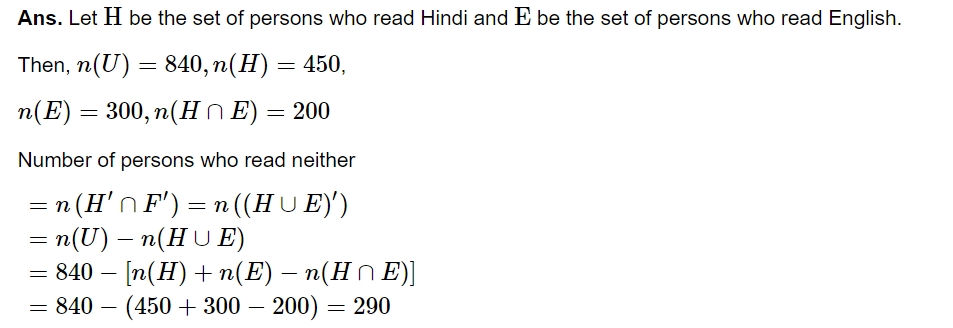
2. If X and Y are two sets and X’ denotes the complement of X, then X ∩ ( X ∩ Y ) ′ 𝑋∩(𝑋∩𝑌)′ is equal to ------------.
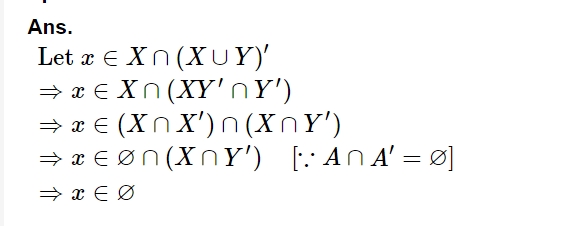
3. If A is any set, then A ⊂ A 𝐴⊂𝐴 . State True or false.
Ans. Since every set is a subset of itself. So, it is 'True'.
4. State True/False. The sets {1,2,3,4} and (3,4,5,6} are equal.
Ans. False, since the two sets do not contain the same elements.

Introduction to Sets
A key component of modern mathematics is the idea of a set. Almost every area of mathematics makes use of this idea. In mathematics, sets are typically employed to define the concepts of relations and functions. A deep understanding of sets is necessary for the study of many mathematical topics, such as geometry, probability, and sequence. The theory of sets was first introduced to mathematics by German mathematician George Cantor. While working on "Problems on Trigonometric Series," he took note of the notion set.What is Set in Mathematics?
The term "set" in mathematics refers to a well-defined group of items or numbers. An individual that is a part of the set is referred to as an element of the set. Every component or member of the set is distinct. One example of a set of counting numbers less than six is {1, 2, 3, 4, 5}.Set Notation
The set's notation is rather straightforward. A comma is used to divide each element or member of a set, and curly brackets are then positioned around the entire item. To fully comprehend the set notation, view the illustration below.Set Notation Example
Set N is a collection of all the natural numbers.
Set N is represented in the following way:
N = { 1, 2, 3, 4, 5…}
The three dots in the above set are known as “Ellipse” or “Continue-On''.
Representation of Sets
Sets are represented in two forms:
Roster or Tabular Form
In roaster form, braces {} surround each element of a set, which is separated by a comma. For instance, {2, 4} represents the set of all even positive numbers less than 5.Set Builder Form
All of the items that make up a set share a common property in this manner. For instance, every element in the set {a, e, i, o, u} shares a common attribute. The set's alphabets are all vowels, a quality not found in any other set.CBSE Class 11 Maths Notes Chapter 1 Summary
It is not necessary to define what a set is. It is a grouping of components, numbers, things, etc. that is regarded as a single unit. Uppercase and italicised alphabets are used to represent sets. The advanced ideas of sets will be the main topic of this chapter. We'll review the material you learned in the earlier classes. In fact, these revision notes will explain the new advanced concepts in plainer terms after explaining the older ones. Let's examine the revision notes to see what you can expect. Different types of sets exist. Once more, the various types of sets will be discussed in this chapter along with suitable examples. Determine the definitions of these sets with respect to specific symbols. It is imperative that students retain the explanation and identification of sets in mathematical operations. It will be necessary for you to fully retain the characteristics of each kind of set in order to perform the corresponding mathematical operations. To find the correct solutions to the questions in the exercises and tests, refer to the notes from Class 11 Maths Chapter 1. The primary goal of the revision notes is to provide an appropriate framework for comprehending the new, important concepts of the chapter through the experts' streamlined demonstration. Notes on Maths in Class 11 The only purpose of Chapter 1 is to aid pupils in recalling the knowledge they have acquired within the chapter. This is the first chapter that opens up a new area of the maths curriculum for the students. This chapter's several sections will cover equations that represent formulas for solving set issues. To use these formulas and answer problems, they should all be committed to memory. In Math Notes for Class 11, the teachers will go over how to commit these equations and formulas to memory. The various characteristics of the sets and equations are another major topic of this chapter. For the students to be able to relate what they have learned, all of these qualities are explained in the revision notes with appropriate examples. The notes from the Class 11 Set will also aid in their memory retention and chapter revision. In comparison to the other new chapters in the Class 11 Maths syllabus, this one is simpler.Benefits of CBSE Class 11 Maths Notes Chapter 1
Using the Sets Class 11 notes will be great if you want to reduce stress and increase flexibility in your study plan. Later on, you will be able to apply the new, sophisticated set principles that you have learned. Set is a crucial chapter to learn about. Later on, it will be used to many science courses. This is when the Sets Class 11 notes come in handy. Make your study materials better by downloading the Class 11 Maths Chapter 1 notes PDF file to your computer. It will also be incredibly convenient for you to finish your syllabus on schedule.CBSE Class 11 Maths Notes Chapter 1 FAQs
What are the sets in maths 11 notes?
Which is the hardest chapter in maths class 11 CBSE?
What are the properties of sets class 11?

